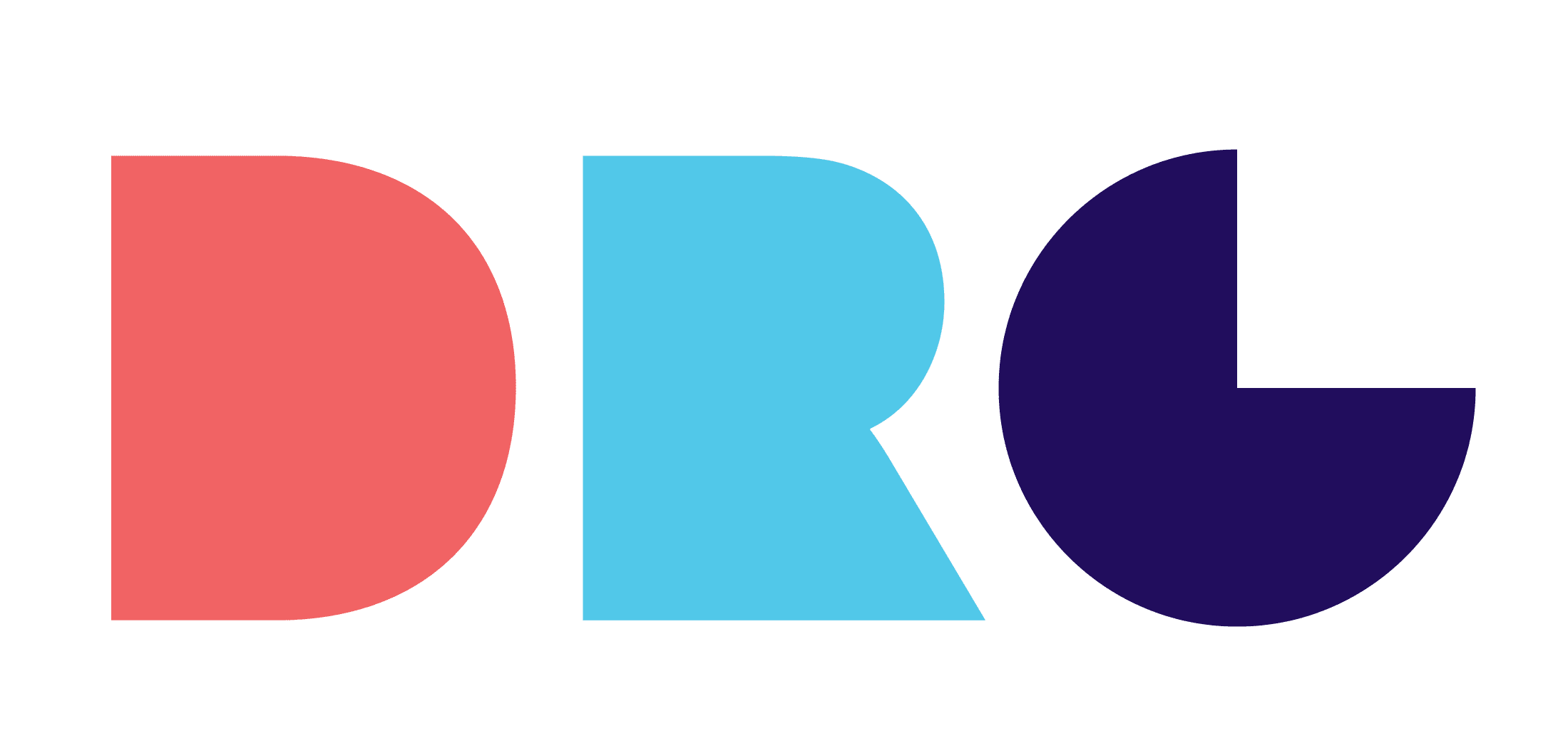When setting out to communicate a company’s narrative and brand positioning to key stakeholders in a compelling way, it’s imperative there’s a good designer on your team.
Whether we realise it or not, we’re visual people. All of us. We like good design and are influenced by the way things look. We’re drawn to beautiful landscapes, like the rolling hills in winter and the beachside in summer, we like nice cars, good fashion, and appreciate a café layout that ‘feels good’, just to name a few.
Good designers have been to university or a specialised design school to study the way the eye processes information, from colour to space, typography, and more. They learn to consider how things ‘hang together’ – or don’t.
Often, they’ve been particularly visual from a young age, spending hours drawing, painting, and immersing themselves in other creative pursuits.
Generally, designers are more free spirited, creative types. They’re rarely pushy, aggressive, or opinionated because they focus on synthesising different ideas. Their main language is not necessarily verbal, but more visual. They can be challenging for more traditional ‘businesspeople’ to work with because of their different approach to the world but good designers are crucial, now more so than ever.
This is because good marketing requires an organisation to connect and engage with target audiences, and the way the business and its identity looks is a big part of that. Given that there is now so much marketing surrounding us, with everyone vying for our attention, it’s more critical your business can catch the eye of clients and customers. Poor design always fails to do that.
Cut through is a must, especially if you’re a company that’s very good at what you do. You need to ensure the way you represent your business is very appealing and that it reflects, visually, that you’re a leader in your space. Sometimes the gap, or disconnect, between an organisation’s success and its visual presence is so big that it’s almost laughable. We’ve been involved in helping many clients out of situation, and there are some we’re working with now to migrate them out of it.
So, when getting cut through is essential and the brain types of businesspeople (who are ambitious, task oriented, good at systems and processes, and financially astute) and the visual designers of the world (whose brains are creative, synthesising insights with perhaps less of a focus on verbal communication) are so far apart, what can be done?
Firstly, the businessperson needs to understand they can’t be calling the shots this time. They don’t know the ins and outs of visual design and need the designer’s guidance, direction, and advice. If a businessperson doesn’t appreciate this, the designer often ends up being backed into a corner and creating something that doesn’t look good and is lacking in depth and breadth when it comes to design elements.
Designers, not being pushy, often won’t speak up to say that what the client wants doesn’t work from a design perspective. Or, if they do, they may have trouble explaining how design works and struggle to clearly articulate their logic and rationale, which can limit how much real traction they can get with clients.
We know just how valuable designers are to organisations. And good designers (who often aren’t overly commercial people, don’t charge out at exorbitant rates, and often do way more work than they get paid for) need good clients who they can work with over time.
One of our most satisfying tasks is bringing these two groups together. We love to work with designers, enjoy helping our clients see and understand the need for good design in business, handle the role of briefing designers about all aspects of our client’s organisation, and even sometimes support the process of explaining the creative rationale of a designer’s work, so the best results can be achieved. As simple as this may sound, it’s very often quite a task.
Oftentimes we hear businesses suggest that design work is expensive. The truth is, if you approach it with the mindset that you’re developing a long-term relationship with a creative expert your company can lean on time and again as your organisation grows and evolves, designers are a relatively cheap investment. And, poor design, can cost a business a lot more.
If you want good cut through, you need a good visual designer. Make no mistake, it can make a significant difference in successfully getting your business’ key messages to your target audiences.
